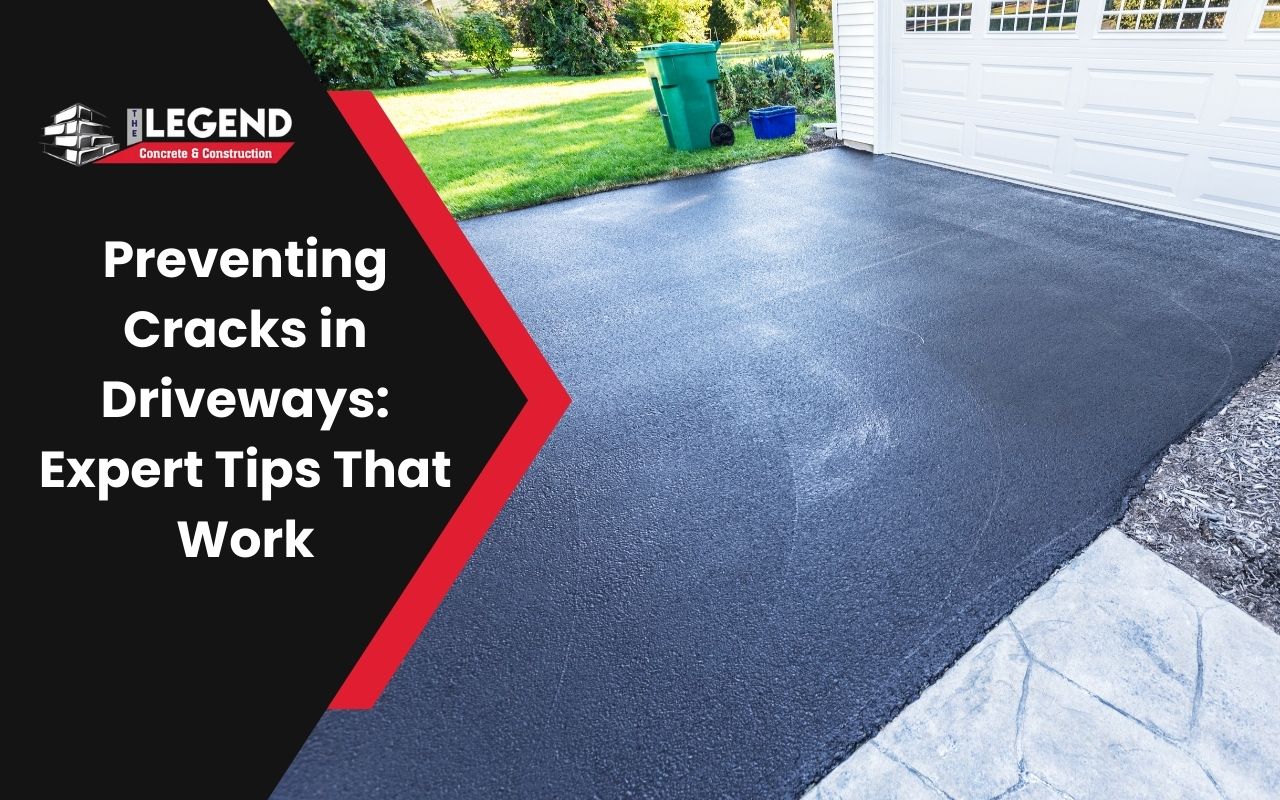
A cracked driveway can ruin the appearance of a property and lead to costly repairs. Preventing cracks in driveways starts with proper materials, the right construction techniques, and routine maintenance. Whether designing a decorative outdoor surface, reinforcing structural integrity, or managing large-scale construction projects, keeping concrete crack-free is essential.
Why Do Driveways Crack?
Concrete Shrinkage and Weak Foundation
As concrete cures, it shrinks slightly. If the mix is not properly prepared or the foundation is unstable, cracks can form early. To prevent this:
- Use a well-compacted subbase to support the driveway.
- Ensure proper water content in the concrete mix to reduce excessive shrinkage.
- Reinforce with rebar or wire mesh for added durability.
Moisture and Temperature Changes
Weather is a leading cause of driveway damage. Rainwater seeps into unsealed concrete, expanding when frozen and weakening the surface. Heat also causes concrete to expand, leading to stress fractures. Preventative steps include:
- Applying a high-quality sealer to block moisture.
- Installing expansion joints to allow natural movement.
- Ensuring proper drainage to keep water away from the surface.
Heavy Vehicles and Traffic Stress
Commercial vehicles, trailers, and heavy equipment put pressure on concrete, accelerating wear. To minimize damage:
- Opt for high-strength concrete with at least 4,000 PSI.
- Reinforce with fiber mesh or steel rebar.
- Avoid parking heavy vehicles in the same spot for long periods.
How to Prevent Cracks in Your Driveway
1. Choose the Right Concrete Mix
A well-balanced mix is key to durability. Contractors and engineers recommend:
- Standard residential driveways: 4,000 PSI concrete.
- Heavy-duty use or commercial areas: 5,000 PSI with added reinforcement.
- Decorative finishes: Use specialized mixes for stamped or exposed aggregate concrete.
2. Install Proper Expansion Joints
Expansion joints prevent cracking by allowing controlled movement. Best practices include:
- Placing joints every 10-15 feet on long driveways.
- Ensuring a depth of at least one-quarter of the slab thickness.
- Using flexible joint fillers to prevent water infiltration.
3. Apply a Protective Sealer
Sealers protect against moisture, stains, and wear. Select one based on environmental exposure:
- Penetrating sealers: Best for preventing water damage.
- Acrylic sealers: Provide a glossy, protective surface.
- Epoxy sealers: Ideal for high-traffic areas needing extra durability.
4. Maintain Your Driveway Regularly
Routine upkeep extends the lifespan of a driveway. Follow these tips:
- Sweep and wash the surface frequently to remove debris.
- Reseal every two to three years to maintain protection.
- Inspect for early signs of cracks and repair them immediately.
When to Repair vs. Replace a Cracked Driveway
- Minor hairline cracks can be filled with concrete patching compounds.
- Larger, spreading cracks require resurfacing or sectional repairs.
- Deep, structural cracks may indicate foundation failure, requiring replacement.
Keep Your Driveway Crack-Free for Years
Taking the right steps early ensures a strong, long-lasting driveway that resists cracks and structural issues. Whether you need reinforcement for heavy loads, decorative finishes, or long-term cost savings, proper planning and maintenance make all the difference. Call (334) 333-8698 today for a free estimate on concrete driveway solutions.
